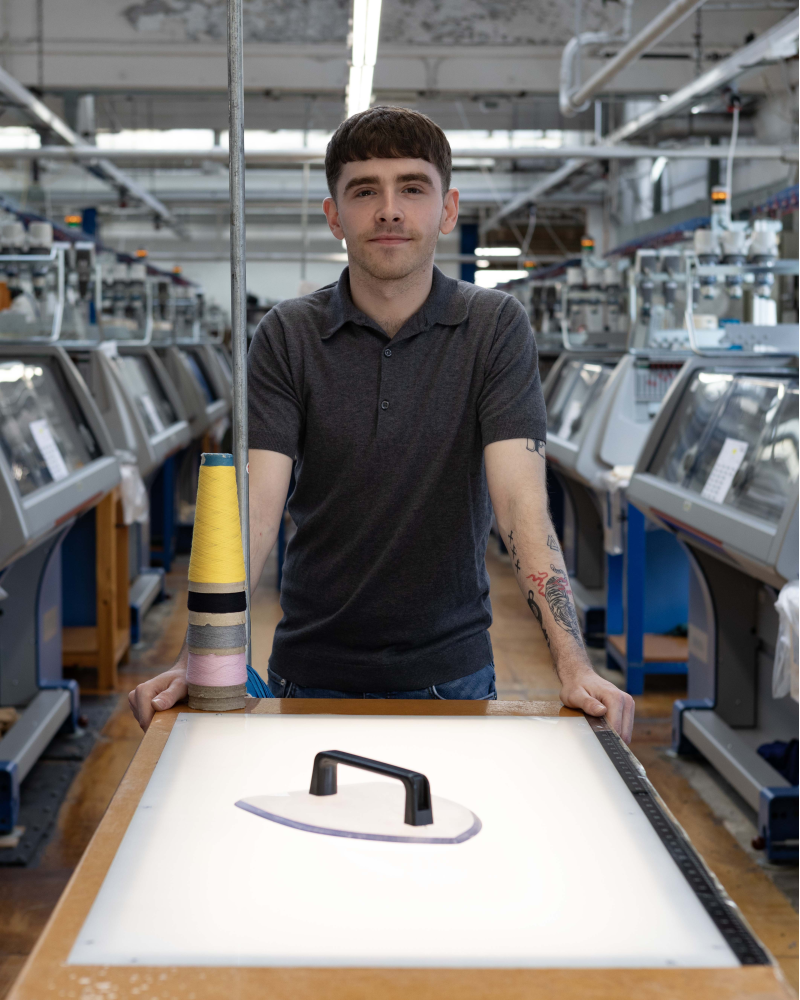“I call them my Smedley family,” says Nicola, an artisan in linking — a skilled practice that sees her join together panels of knitwear to turn them into a full sweater. “Most of the girls I work with today have been here since I first started.” Nicola has worked in the Lea Mills factory for fifteen years. The atmosphere in the workshop is warm, affectionate, and familiar.
John Smedley began in 1784 as a family business, and today, we are proud to remain a family business. Now in our eighth generation, the commitment to doing things the right way — the honest way — is a constant, not just in our craftsmanship but at our company’s core. Today, our growing team of artisans live close by the John Smedley headquarters: many of them, with specialist skills, have been employed by the mill for decades. In this era of responsible manufacturing, we are proud of this proximity to the needle and our commitment to British production.
John Smedley is embedded in the hearts and the minds of the local community. And our company identity is inextricably linked with the generations of families who have walked through our doors and into work each day over the past 240 years.
This is what makes John Smedley unique. We pride ourselves on our people and on their professional development: in turn, we have earned a personal place within their lives. Sue, an artisan in our Trim Split department, has been with John Smedley for twenty-seven years. “I was born in nearby Leigh, and have known the place my whole life,” she says. “That’s why I came here to work.”
From knitting to sewing, mending, and dyeing, our workshop is full of stories like Sue’s — each floor is filled with makers who have dedicated their professional lives to ensuring our knitwear is the very best in the world. “It takes a couple of years to learn to link the Smedley way,” says Nicola. “It’s very skilled hand work. It’s therapeutic, and it’s satisfying to see each individual piece of the knitted puzzle get turned into something someone is going to wear, and treasure.”
Our attention to detail is second-to-none. Each sweater goes through many stages of manufacturing — to name a few, it’s knitted by Michael, linked together by Nicola, and pressed by Mark, who has been at John Smedley for thirty-four years and makes sure each garment “looks pristine” when it’s being shipped out to customers. One of his fondest memories of working at John Smedley was being sponsored £5 per mile by the company to run the London marathon for charity in 1994. “They said if I was ever to do it again, it’d be £10 a mile,” he laughs. “I’ve yet to do it.” We are proud to support our staff in all manner of endeavours.
Michael, a knitter, has been with John Smedley for seven years. He started out as an apprentice. As a company, we are committed to training the next generation of craftspeople to ensure our legacy, like our clothing, endures. “Quality and efficiency” are, he says, the most important part of his job.
And in this increasingly digital world, he says there is something beautifully meaningful about working with his hands, and the very nature of this slower, more analogue work. “Having a hand in each garment gives me a sense of purpose. It feels like I’m really achieving something.”
Watch our special behind-the-scenes video series - The World's Finest Craftspeople - on our Youtube channel here
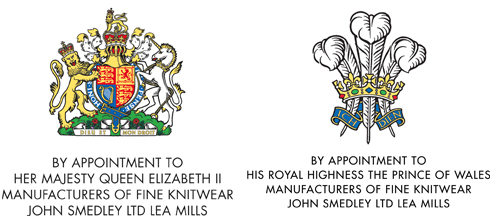



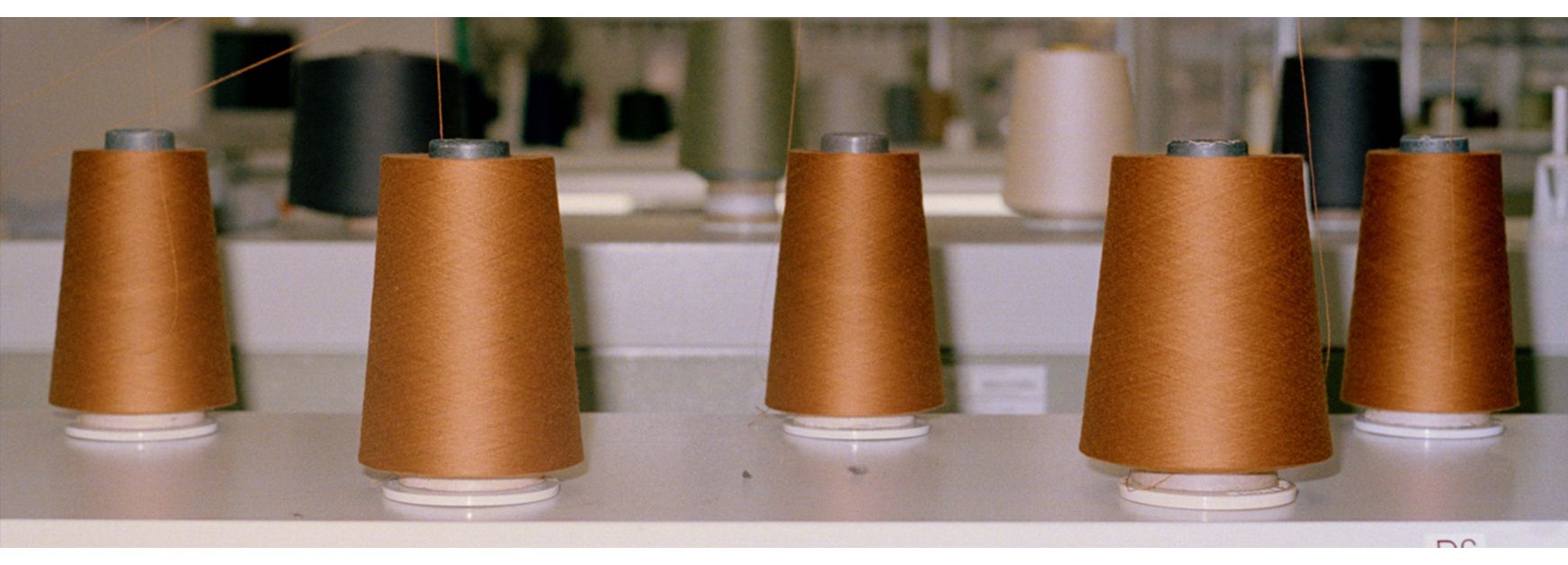
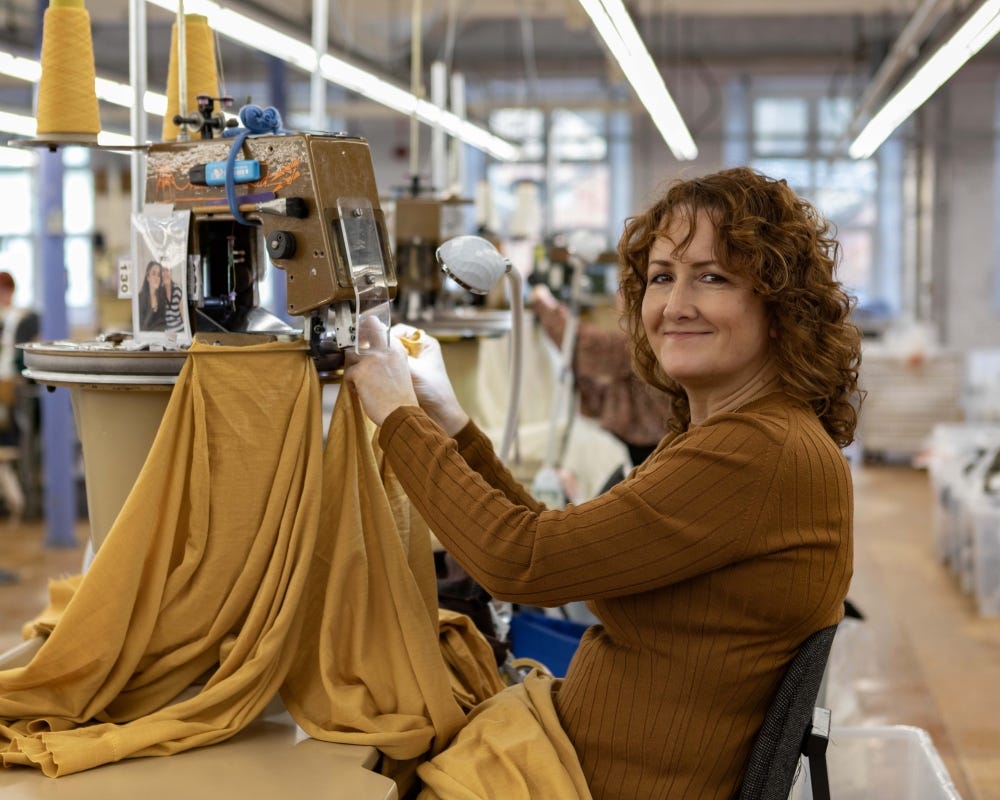

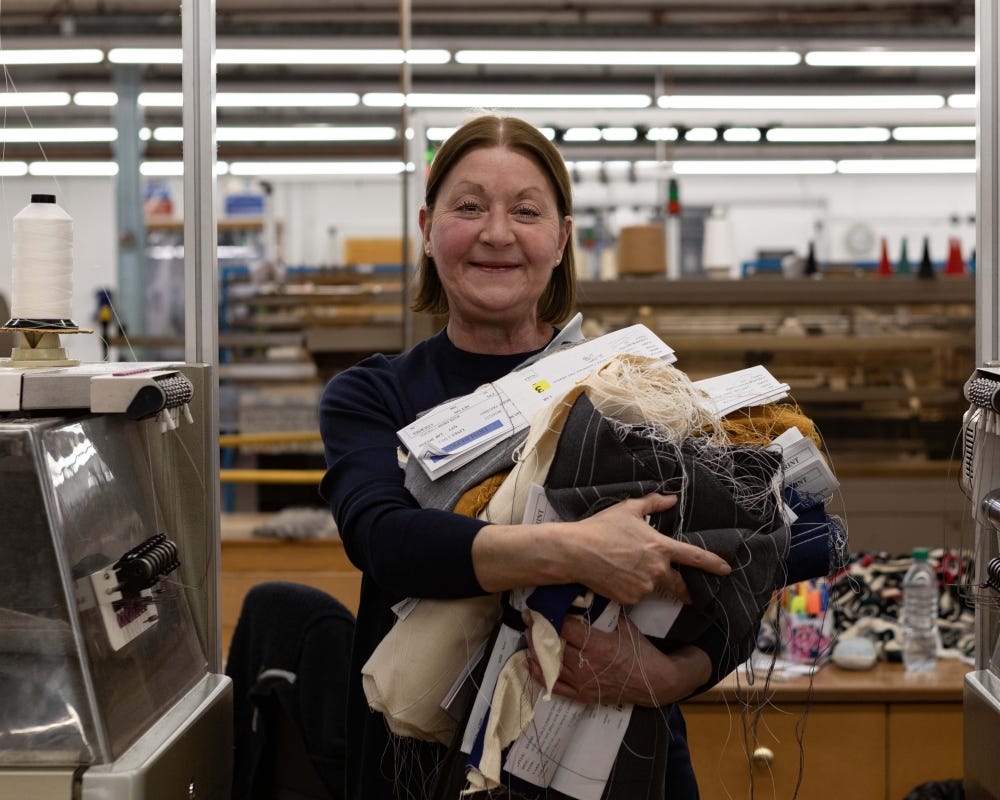
.png)
